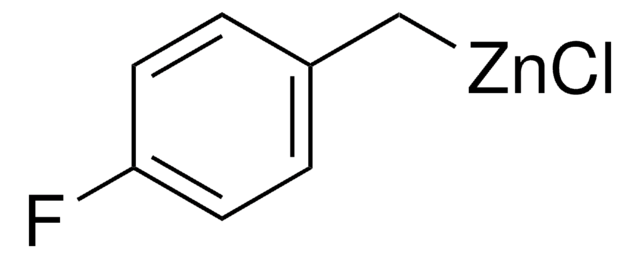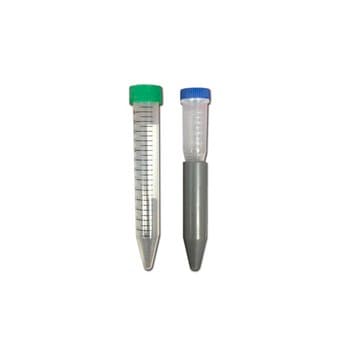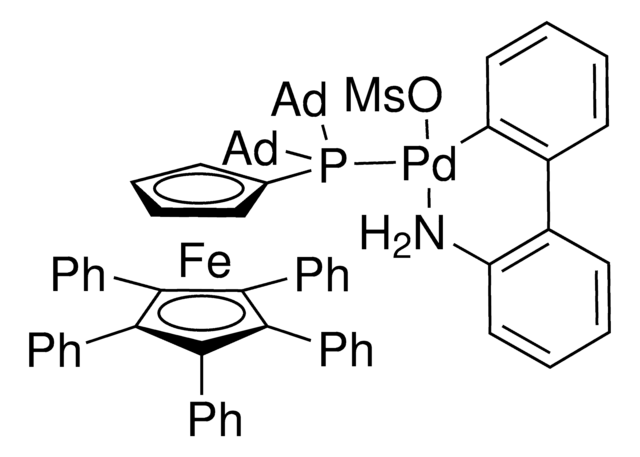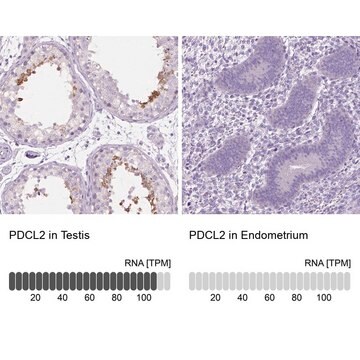936200
AdQPhos Pd G4
Synonym(s):
AdQPhos G4 Palladacycle, AdQPhos Palladacycle
About This Item
Recommended Products
form
powder
Quality Level
reaction suitability
reaction type: Cross Couplings
color
red to purple
functional group
(palladium)
phosphine
SMILES string
CS(O[Pd](C1=C(C2=C3C=CC=C2)C=CC=C1)([P](C45C[C@H]6C[C@H](C[C@H](C6)C5)C4)(C78C[C@H]9C[C@H](C[C@H](C9)C8)C7)c%10cccc%10)[NH]3C)(=O)=O.c%11(C%12=CC=CC=C%12)c(C%13=CC=CC=C%13)c(C%14=CC=CC=C%14)c(C%15=CC=CC=C%15)c%11C%16=CC=CC=C%16.[Fe]
General description
Further, by merging with micellar catalysis, this catalytic system demonstrated the feasibility of enabling α-arylation reactions under mild aqueous conditions. This approach provides an environmentally benign alternative to toxic/hazardous solvents like 1,4-dioxane or NMP, bringing modern organic synthesis closer to being ideally sustainable.
Application
Storage Class Code
11 - Combustible Solids
WGK
WGK 3
Flash Point(F)
Not applicable
Flash Point(C)
Not applicable
Certificates of Analysis (COA)
Search for Certificates of Analysis (COA) by entering the products Lot/Batch Number. Lot and Batch Numbers can be found on a product’s label following the words ‘Lot’ or ‘Batch’.
Already Own This Product?
Find documentation for the products that you have recently purchased in the Document Library.
Our team of scientists has experience in all areas of research including Life Science, Material Science, Chemical Synthesis, Chromatography, Analytical and many others.
Contact Technical Service








![[(1,3,5,7-Tetramethyl-6-phenyl-2,4,6-trioxa-6-phosphaadamantane)-2-(2′-amino-1,1′-biphenyl)]palladium(II) methanesulfonate](/deepweb/assets/sigmaaldrich/product/structures/324/001/3ffb4bd2-9c6b-451c-80ee-a217f03ca932/640/3ffb4bd2-9c6b-451c-80ee-a217f03ca932.png)